In the dynamic world of music education, teachers wear many hats. From conductor to mentor, their roles are diverse and challenging. But there’s one skill that often goes unnoticed yet is crucial for keeping the music playing: instrument repair. For music educators, especially those in small towns or rural areas, the ability to perform quick fixes on instruments can make the difference between a successful rehearsal and a silent classroom. This article delves into the art of instrument repair for music educators, focusing on common issues across various instruments.
The Importance of Instrument Repair Skills for Music Educators
Developing instrument repair skills can significantly impact the quality and continuity of music education:
1. Minimized Disruptions: Quick fixes keep students playing and learning without extended interruptions.
2. Cost Savings: Minor repairs done in-house can save school districts money on professional repair services.
3. Educational Opportunities: Involving students in simple repair processes can teach them about instrument care and maintenance.
4. Increased Instrument Longevity: Regular maintenance and quick repairs can extend the life of school-owned instruments.
Common Instrument Repair Techniques for Music Educators
Saxophone Pad Replacement
Saxophone pads are essential components that ensure proper sealing of tone holes. When a pad falls out, it can render the saxophone unplayable. Here’s a simplified guide to reinstalling a saxophone pad:
Materials Needed:
– Shellac (amber or clear)
– Micro torch
– Pad slick or metal ruler
– Tweezers
– The fallen pad (if recovered)
Step-by-Step Process:
1. Locate the key where the pad has fallen out.
2. If the pad was recovered, use tweezers to place it back into position.
3. Heat the shellac using the micro torch, applying heat indirectly to avoid damaging the instrument.
4. Use the pad slick or metal ruler to press the pad into place, ensuring it’s level with the tone hole.
5. Hold the pad in position for 30-45 seconds to allow the shellac to cool and set.

Clarinet and Flute Key Alignment
Misaligned keys can cause air leaks and affect the instrument’s playability. Here’s how to address this issue:
1. Identify the misaligned key.
2. Gently bend the key arm using key-bending pliers.
3. Test the alignment by pressing the key and observing the pad’s contact with the tone hole.
4. Repeat the process until proper alignment is achieved.
Brass Instrument Stuck Mouthpiece Removal
A stuck mouthpiece can be a common problem in brass instruments. Here’s a safe method to remove it:
1. Apply a small amount of valve oil or mouthpiece puller lubricant around the stuck joint.
2. Use a mouthpiece puller tool, placing it carefully to avoid damage.
3. Slowly tighten the puller until the mouthpiece releases.
Challenges and Considerations for Different Instrument Families
Woodwind Instruments
– Saxophone-Specific Challenges:
* Some keys may require removal of adjacent keys for access.
* Upper stack keys can be particularly tricky due to limited space.
– Bass Clarinet and Bassoon Considerations:
* More complex key systems require careful disassembly and reassembly.
* Specialized tools may be necessary for certain repairs.
Brass Instruments
– Valve Maintenance:
* Regular cleaning and oiling of valves is crucial for smooth operation.
* Proper alignment of valve guides is essential for instrument playability.
– Slide Care:
* Trombone slides require regular cleaning and lubrication to maintain smooth movement.
Empowering Music Educators with Repair Skills and Resources
While the ability to perform quick repairs is valuable, it’s equally important for music educators to know their limits. Complex repairs should always be left to professional technicians to avoid potentially costly mistakes. However, educators can continue to expand their repair knowledge through:
– Professional development workshops
– Online tutorials and resources (such as those offered by the National Association of Music Merchants)
– Collaboration with local repair technicians
– Hands-on practice with spare instruments or parts
Legal Considerations for Instrument Repairs
Before attempting repairs on student-owned instruments, educators should be aware of potential liability issues:
1. Obtain written permission from parents or guardians before performing any repairs.
2. Clearly communicate the scope of repairs you’re comfortable performing.
3. Consider developing a school policy on instrument repairs to protect both educators and the institution.
4. When in doubt, refer repairs to professional technicians.
Conclusion: Keeping the Music Playing
Mastering instrument repair techniques is an invaluable asset for music educators. From quick pad replacements to understanding the complexities of different instrument families, these abilities contribute significantly to the smooth running of music programs.
For those looking to further their music education journey, whether as educators or students, there are comprehensive online resources available. Practicing Musician, for instance, offers a wide range of online music education tools, including instrument-specific tutorials that can complement hands-on learning. Their affordable micro tutoring options provide personalized guidance, which can be particularly helpful for those looking to deepen their understanding of instrument care and maintenance.
Remember, whether you’re repairing a saxophone pad or exploring new educational resources, the goal remains the same: to keep the music playing and to foster a lifelong love of musical expression in students of all ages and backgrounds.
Call to Action
Ready to enhance your instrument repair skills? Start by identifying the most common issues in your music program and focus on mastering those repairs. Consider organizing a workshop with a local repair technician or exploring online resources to expand your knowledge. Your students – and your budget – will thank you!

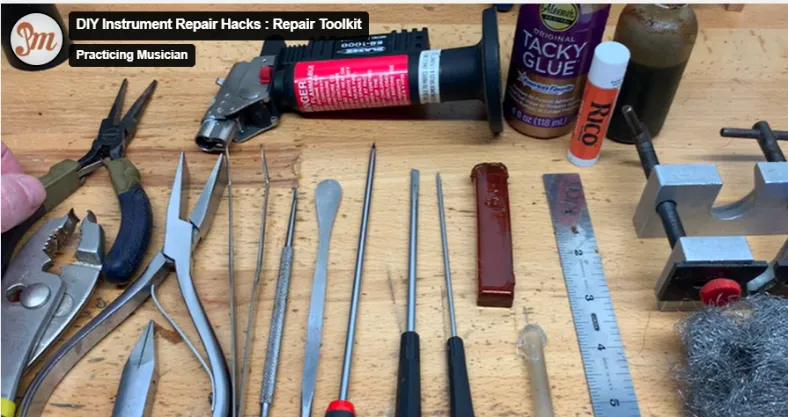
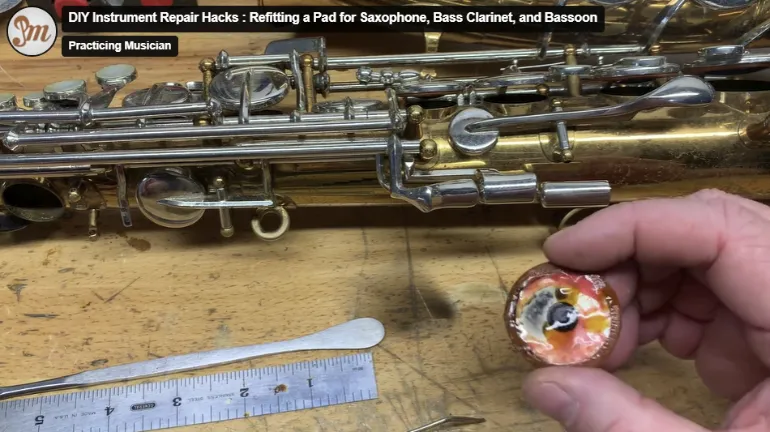
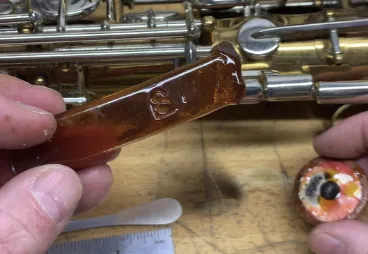
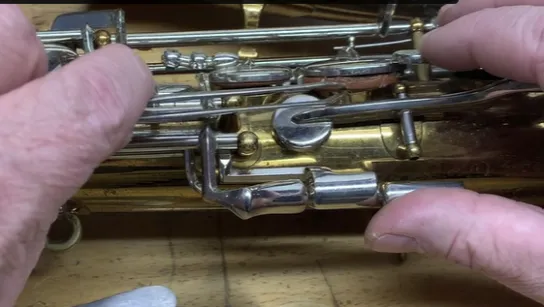
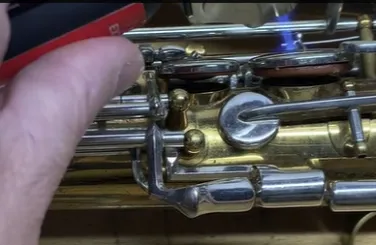
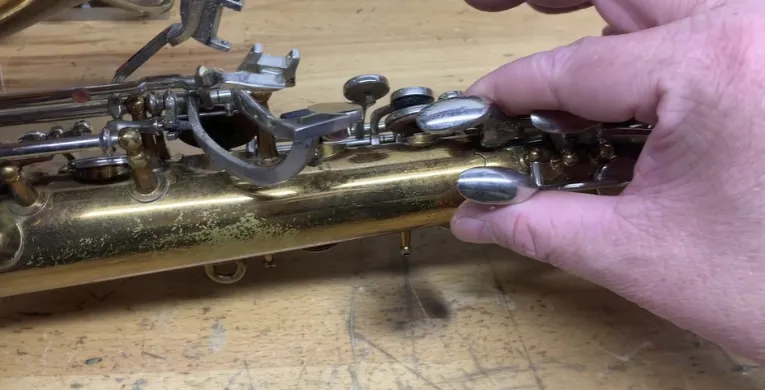
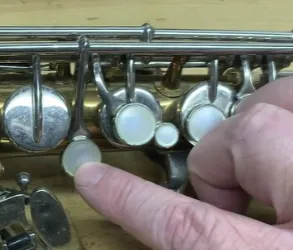

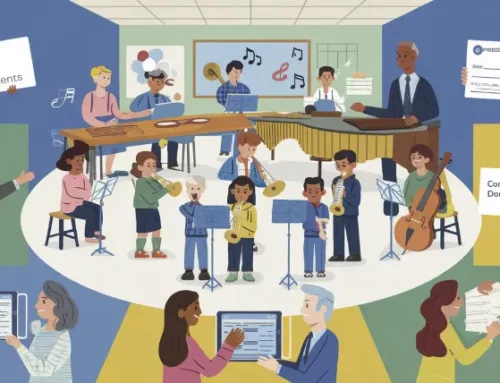

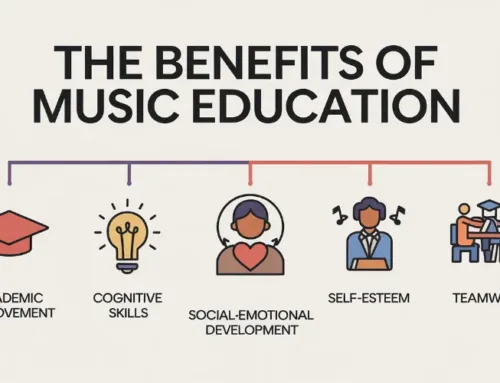
Leave A Comment
You must be logged in to post a comment.